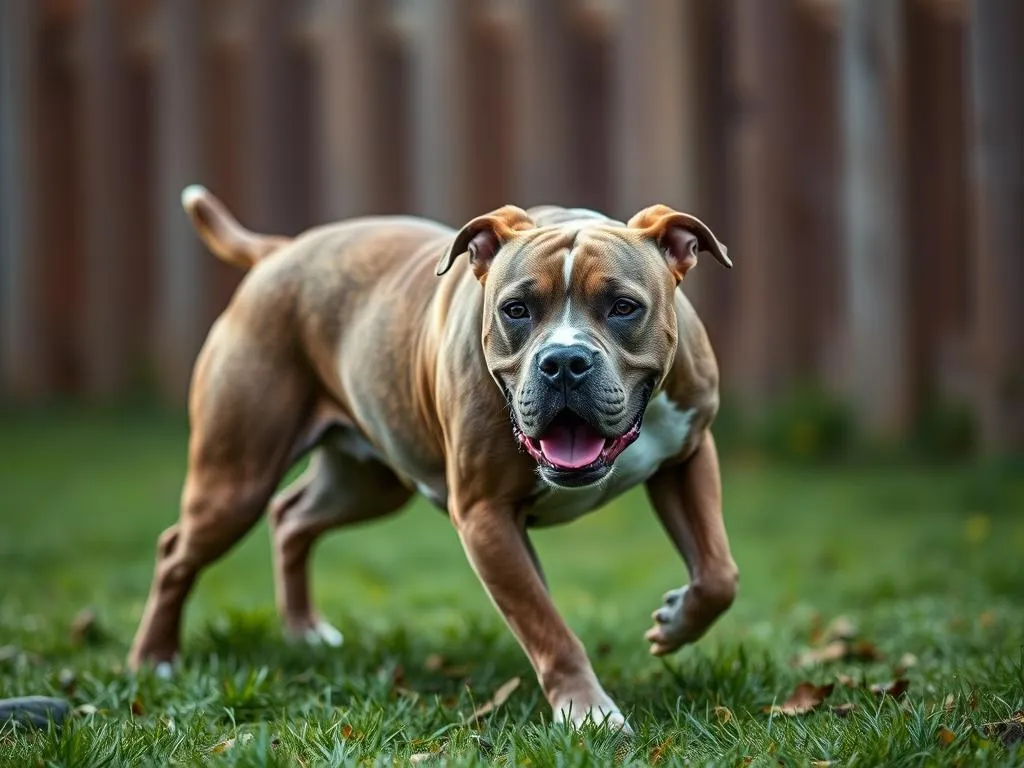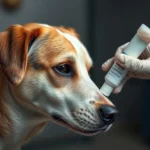
Introduction
Ensuring the health and well-being of our canine companions is a fundamental responsibility for dog owners. Among various breeds, Pit Bulls, which include the American Pit Bull Terrier and American Staffordshire Terrier, are known for their strength, loyalty, and exuberance. A critical aspect of their care is understanding how much exercise does a pit bull need to thrive physically and mentally.
This article aims to provide comprehensive insights into the exercise requirements for Pit Bulls while also covering essential health care tips that every owner should know.
Understanding Pit Bulls
Breed Characteristics
Pit Bulls are often misunderstood, but they are notorious for their affectionate nature and eagerness to please. Characterized by a strong, muscular build, they possess a playful spirit and high energy levels. Generally, they are known for their loyalty, intelligence, and love for family members, making them excellent companions. However, their strong prey drive and high energy can sometimes lead to behavioral issues if not addressed properly.
Common Health Issues
Like all breeds, Pit Bulls can be prone to specific health issues. Some common genetic predispositions include hip dysplasia, skin allergies, and certain heart conditions. Early detection through regular vet check-ups is crucial, as is being aware of any changes in behavior or physical condition. This proactive approach helps ensure a long and healthy life for your Pit Bull.
Importance of Exercise for Pit Bulls
Physical Health Benefits
Regular exercise is vital for maintaining a healthy weight and preventing obesity. With their muscular builds, Pit Bulls require consistent physical activity to avoid weight gain, which can lead to other health complications. Additionally, exercise supports cardiovascular health, strengthens muscles, and improves overall stamina.
Mental Health Benefits
Exercise isn’t just about physical fitness; it also plays a significant role in mental well-being. For Pit Bulls, regular physical activity helps relieve stress and reduce anxiety. Engaging in play and exercise prevents destructive behaviors, such as chewing or digging, which can arise from boredom or pent-up energy.
Socialization Opportunities
Regular exercise provides valuable opportunities for socialization. Interacting with other dogs and people during walks or at dog parks helps develop good behavior and manners. Socialization is especially important for Pit Bulls, as they often face stereotypes; positive interactions can help demonstrate their friendly nature.
How Much Exercise Does a Pit Bull Need?
Recommended Exercise Duration
So, how much exercise does a pit bull need? On average, Pit Bulls require about 1 to 2 hours of exercise each day. This can be broken down into various activities, such as:
- Walking: A daily walk of 30 to 60 minutes is essential.
- Running: If possible, incorporate running sessions, which can be more engaging for high-energy dogs.
- Playtime: Structured playtime, such as fetch or tug-of-war, is equally important for fulfilling their exercise needs.
Factors Influencing Exercise Needs
Several factors can influence how much exercise your Pit Bull needs, including:
- Age and Life Stage: Puppies have different exercise requirements compared to adult or senior Pit Bulls. Puppies may need shorter, more frequent bursts of play, while older dogs may require gentler, low-impact activities.
- Health Status: Existing health conditions may necessitate modifications to exercise routines. Always consult with a veterinarian if you have concerns.
Types of Exercise Suitable for Pit Bulls
Pit Bulls thrive on various types of exercise, including:
- Structured Activities: Engaging in agility training or obedience classes can provide mental stimulation and physical exercise simultaneously.
- Unstructured Playtime: Activities like fetch, tug-of-war, or even swimming can keep your Pit Bull active and entertained.
Creating an Exercise Routine
Developing a Schedule
Establishing a consistent exercise routine is essential for your Pit Bull’s health. Aim to create a daily schedule that includes a mix of walks, playtime, and training sessions. Here are some tips for maintaining consistency:
- Set Specific Times: Designate specific times for walks and play to create a routine.
- Balance Exercise with Rest: Ensure that your dog has ample time to rest and recover between exercise sessions.
Monitoring Progress
As you develop an exercise routine, it’s crucial to monitor your Pit Bull’s progress. Keep an eye out for:
- Signs of Overexertion: Excessive panting, drooling, or reluctance to continue exercising can indicate fatigue.
- Adjustments Based on Needs: Be flexible and willing to adjust the exercise regimen based on your dog’s response and overall health.
Additional Health Care Tips for Pit Bulls
Nutrition and Diet
A balanced diet is vital for your Pit Bull’s overall health. High-quality dog food tailored for their specific needs can significantly impact their energy levels and weight management. Focus on:
- Protein-Rich Foods: Look for foods that list high-quality protein sources as the first ingredient.
- Proper Feeding Practices: Follow feeding guidelines based on your dog’s age, weight, and activity level to maintain optimal health.
Regular Vet Check-Ups
Routine health assessments are crucial for preventing illness and managing existing health concerns. Regular vet visits allow for:
- Health Screenings: Early detection of potential health issues can lead to better outcomes.
- Vaccination Schedules: Keeping up with vaccinations and preventative care is essential for your dog’s health.
Grooming and Hygiene
Grooming plays an important role in maintaining your Pit Bull’s hygiene. Essential grooming tasks include:
- Brushing: Regular brushing helps reduce shedding and keeps their coat healthy.
- Bathing: Bathe your dog as needed, but avoid over-bathing, which can strip natural oils.
- Dental Care: Don’t overlook dental hygiene; regular tooth brushing can prevent dental disease.
Addressing Common Concerns
Pit Bull Stereotypes and Misconceptions
Pit Bull owners often face challenges due to stereotypes surrounding the breed. Responsible ownership and proper training are crucial in combating these misconceptions. By demonstrating that Pit Bulls can be well-behaved and loving companions, owners can help change public perception.
Safety Measures During Exercise
When exercising your Pit Bull, consider these safety tips:
- Public Spaces: Always use a leash in public areas to ensure your dog remains safe and under control.
- Social Interactions: Be mindful of how your dog interacts with others, especially unfamiliar dogs. Supervise playtime to prevent any misunderstandings or conflicts.
Conclusion
Understanding how much exercise does a pit bull need is essential for ensuring their well-being. Regular exercise not only contributes to physical health but also enhances mental well-being and social skills. By prioritizing exercise and combining it with proper nutrition, regular vet check-ups, and grooming, Pit Bull owners can help their dogs lead long, healthy lives.
Encouraging responsible ownership and providing helpful resources can foster a supportive community for Pit Bull owners. Share your experiences and tips for Pit Bull care, and let’s work together to promote the health and happiness of these wonderful dogs.









